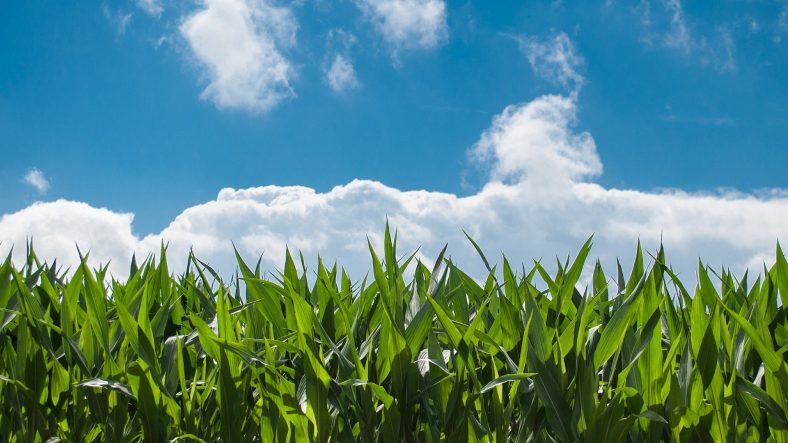The lava flowing from volcanoes is not fed by the magmatic chambers, say British volcanologists, who question the classic theory of volcanic eruptions.
The work of Professor Matthew Jackson, expert in geological fluid mechanics, and his colleagues at Imperial College London and the University of Bristol are likely to create a real earthquake in the field of volcanology.
According to them, the liquid magma is in solid crystal reservoirs, and not in magmatic chambers. It actually occupies the spaces between these crystals.
We must now understand how the eruptions occur from these reservoirs of semi-liquid matter.
Pr Matthew Jackson
“We will be able to exploit our discoveries to better understand volcanic eruptions. They can have an impact on public safety and help to understand the formation of metal ore deposits associated with volcanic systems, “says Jackson.
explanations
To erupt and produce lava (the name of the magma that comes to the surface), volcanoes need a source of magma (molten rock) with relatively few solid crystals.
Traditionally, volcanologists thought that magma was formed and stored in magmatic chambers.
An explanation, an interrogation
But the present study challenges this view, and suggests that it is rather reservoirs of semi-liquid porridge containing small amounts of magma, in small spaces between solid crystals, which feed the volcanoes.
Scientists, however, had to explain how lava containing relatively few crystals flows to the surface along erupting volcanoes.
Did you know?
- There are currently between 1000 and 2000 active volcanoes on the surface of the Earth, a number that varies according to the criteria of analysis;
- A large portion of them (about 450) are in the Pacific Ring of Fire, where tectonic plate collision causes frequent earthquakes and volcanic activity.
Using sophisticated modeling of these porridge tanks, the researchers have determined that since the magma is less dense than the crystals, it manages to sneak into the spaces between them.
Then, when it climbs into the chimneys of the volcano, a reaction occurs between the magma and the crystals, melting them. The magma thus reaches the surface, with relatively few crystals in the composition of the lava.
What is a volcano?
A solid crust covers the entire surface of our planet. This earth’s crust is cracked into pieces, so-called tectonic plates. The volcanoes usually form along the places where these plates meet, and thus let escape the lava, the material composed of molten rock which was under the solid crust. Most volcanoes and earthquakes occur where two plates meet.
To this day, one of the mysteries of volcanoes lies in the fact that they thought they were feeding from large chambers of molten rock.
The present study shows that magma is formed in porous crystalline rocks rather than in magmatic chambers.
The details of these works are published in the journal Nature.
Based out of Trenton, Henry MacDonald has been writing for Freeze Wall since 2018 and is presently our Managing Editor. An experienced freelance writer, Henry obtained an English BA from the New Jersey Institute of Technology, then spent over 8 years working in various markets as a television reporter, producer and news videographer. Henry is particularly interested in climate technology.

